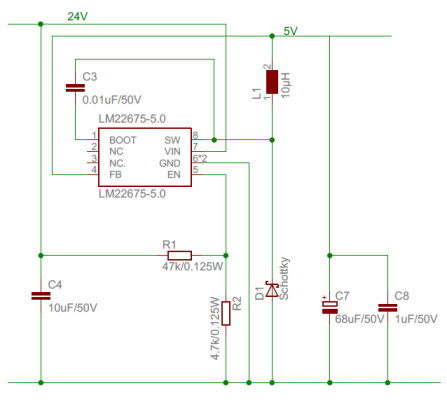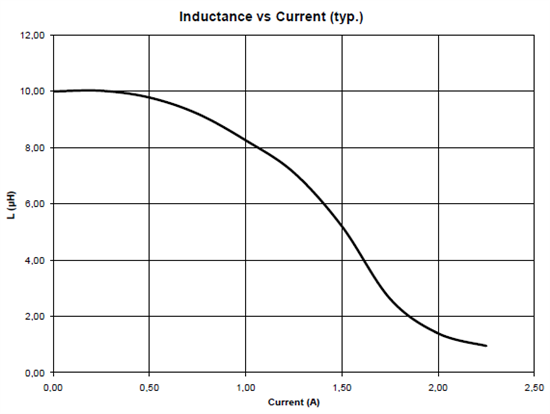Hi,
we are facing problems using lm22675 part. From time to time when we switch the system on the parts are burning. The circuit was developed using webench designer and the layout is very close to de recomended on datasheet. Most of the cases the part present a short between SW and GND pins after failure, one case a short between Vin and the same pins. The board is a two layer board, the circuit was developed with webench to have a 3.3Vdc from a 24V(20~30V) source. We are lost here, since we have verified almost everything. Can you help us?



